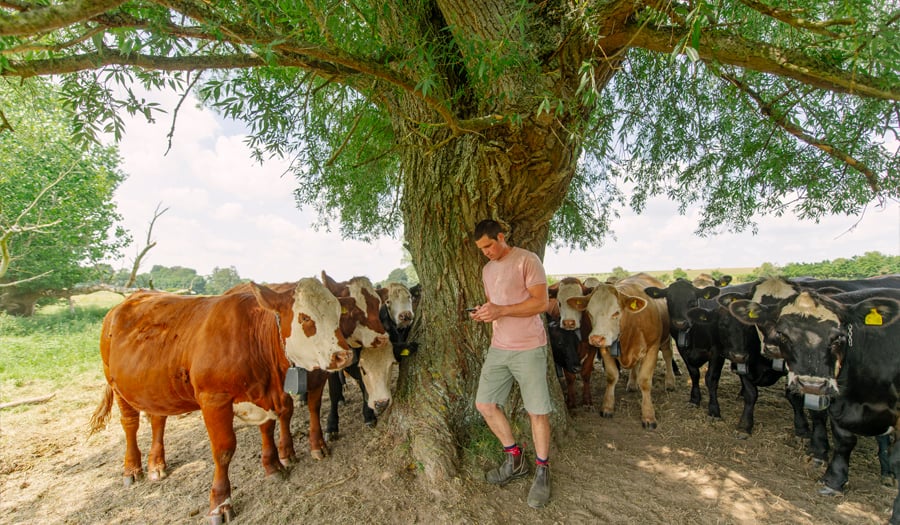
Nofence allows Salisbury farmer to protect waterways while improving pasture and animal performance

This article originally appeared in the August 13, 2021 issue of Farmers Guardian.
When Matt Turner of Manor Farm first looked into Nofence virtual fencing technology, he was simply after a way to keep beef heifers out of a prominent watercourse on Salisbury Plain. Five months after implementing the virtual fencing system, cattle are achieving finishing targets two months ahead of previous years and the grass growth has never been better.
On the 2,150-acre mixed farm, 1,200 acres of arable is the main business focus with the remaining acreage supporting a low maintenance suckler herd.
Part of this simplified strategy is to operate a flying beef herd, with Hereford cross Friesian heifers purchased as replacements each year from his cousin’s dairy farm. Purchased breeding females are crossed with Angus, Charolais, Devon and Limousine bulls, and all offspring are finished.
Historically, heifers are fattened on grass with growth targets of 550-600kgs at 18 months of age and steers are taken to 700-750kgs at 24 months of age.
From set-stocked to rotational grazing with no fences
Alongside the edge of the farm’s arable fields sits 22ha of permanent pasture that serves as spring and summer grazing for heifers. Through the middle runs the River Till, which has become a Site of Special Scientific Interest due to the unique vegetation and wildlife habitat.
“For years, we have set-stocked that pasture with about 50 head. With the boundary fence on the other side of the river, cattle were spending time in the water during the grazing season which raised concerns about pollution,” says Mr Turner.
Initially, they looked at installing a permanent or electric fence alongside the river to completely block the herd’s access.
“Permanent fence wasn’t ideal because there is a lot of wildlife that would have access to the river cut off and we didn’t want to spend the time resource on maintaining an electric fence,” he says.
Working with James Daniel at Precision Grazing Ltd, Mr Turner decided to try Nofence virtual grazing for the 2021 grazing season.
“Previously, Manor Farm was having to supplement heifers with hay and straw towards mid-summer due to grass production declining so rapidly. With fencing infrastructure and labour resource no longer an issue, we took the opportunity to adopt a rotational grazing system to optimise grass and animal production,” says Mr Daniel.
Mr Daniel helped Mr Turner to set up a new water system using a mobile to move with the herd. This allowed the area allocated each day to be adjusted to achieve the desired rotation length. Recognising that historically moisture availability has been a limiting factor, an extended rest period was used during a period of surplus growth (June) to allow the plants the opportunity to grow taller thus achieving greater root systems. Cattle were then moved every 1-2 days to achieve a trampling effect. This allows organic matter to build for improved soil health and for plants to recover, which leads to a subsequent increase in future forage production.
The new grazing management is proving to be a huge success with average DLWG at 1.05kg/day, seeing 25% finishing by 16 months of age.
“In the past, we haven’t managed the grazing due to the labour and infrastructure required. But that is nearly eliminated. When cattle are ready to be moved, all I have to do is open access to the next virtual paddock using the app. This is done in a matter of seconds and allows me to move fence while I’m on the tractor doing fieldwork or away from the farm,” says Mr Turner.
Going fenceless
A couple of weeks before turnout, heifers were fitted with a Nofence collar and kept in a fenced paddock to train them to understand audio cues in relation to the virtual fence boundary.
“This took about five days to do. I was really surprised at how quickly they adapted to the system,” says Mr Turner.
Aside from a few escapes by individual animals during the training period as cattle adjusted to using their ears instead of eyes to understand the grazing perimeter, the cattle have remained in their virtual paddock and out of the river.
“With an A road running past the farm, having a permanent boundary fence is something that helps me sleep at night. However, I’m confident enough in the technology now to graze experienced Nofence cattle next to a wheat field with no physical fencing,” he concludes. “It has been incredible to see what this technology can do for one small area of our grazing and we’re looking forward to seeing where we can integrate it next.”
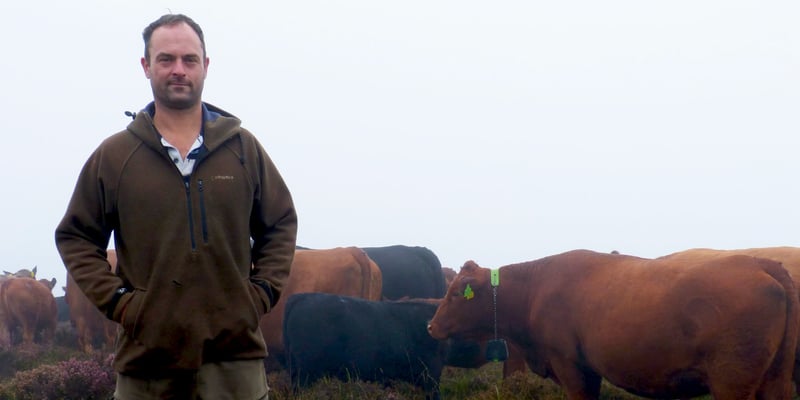
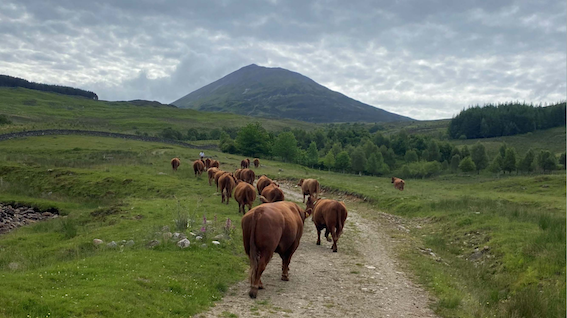
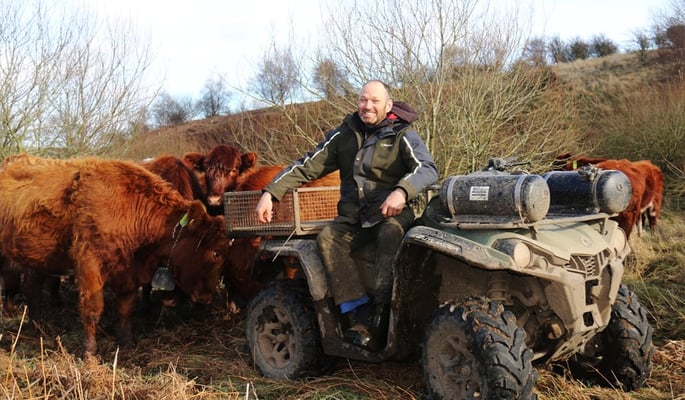
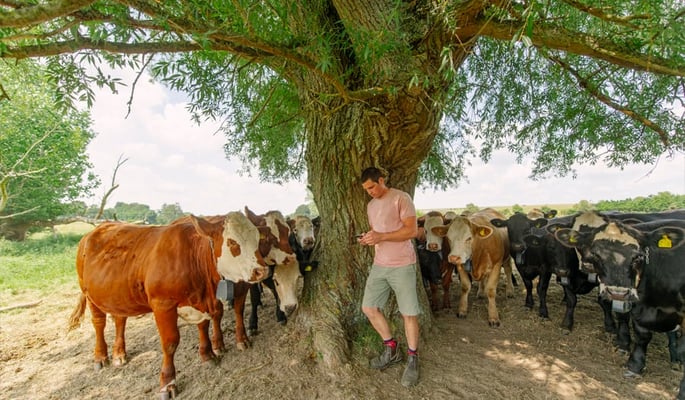
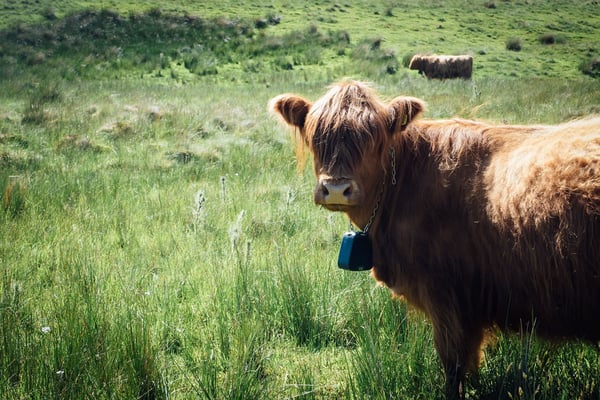
/Synne-Foss-Budal.jpg?width=65&height=65&name=Synne-Foss-Budal.jpg)